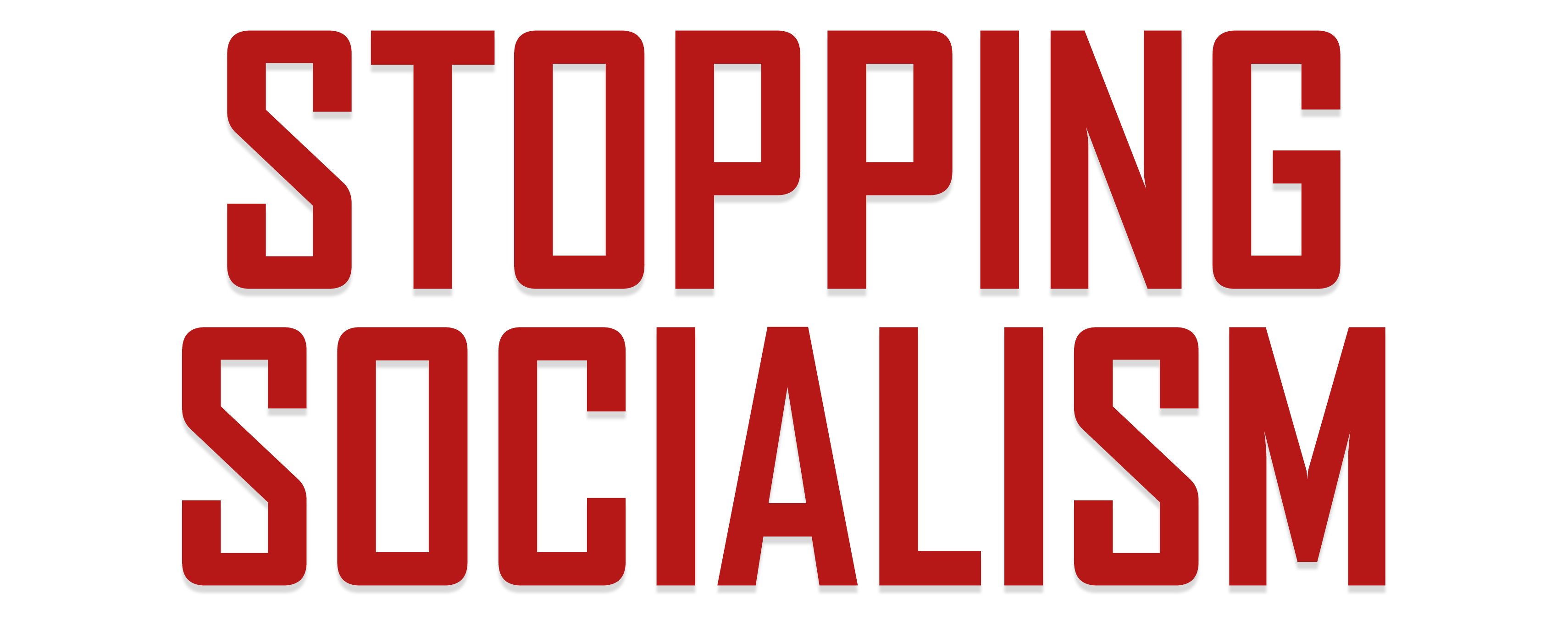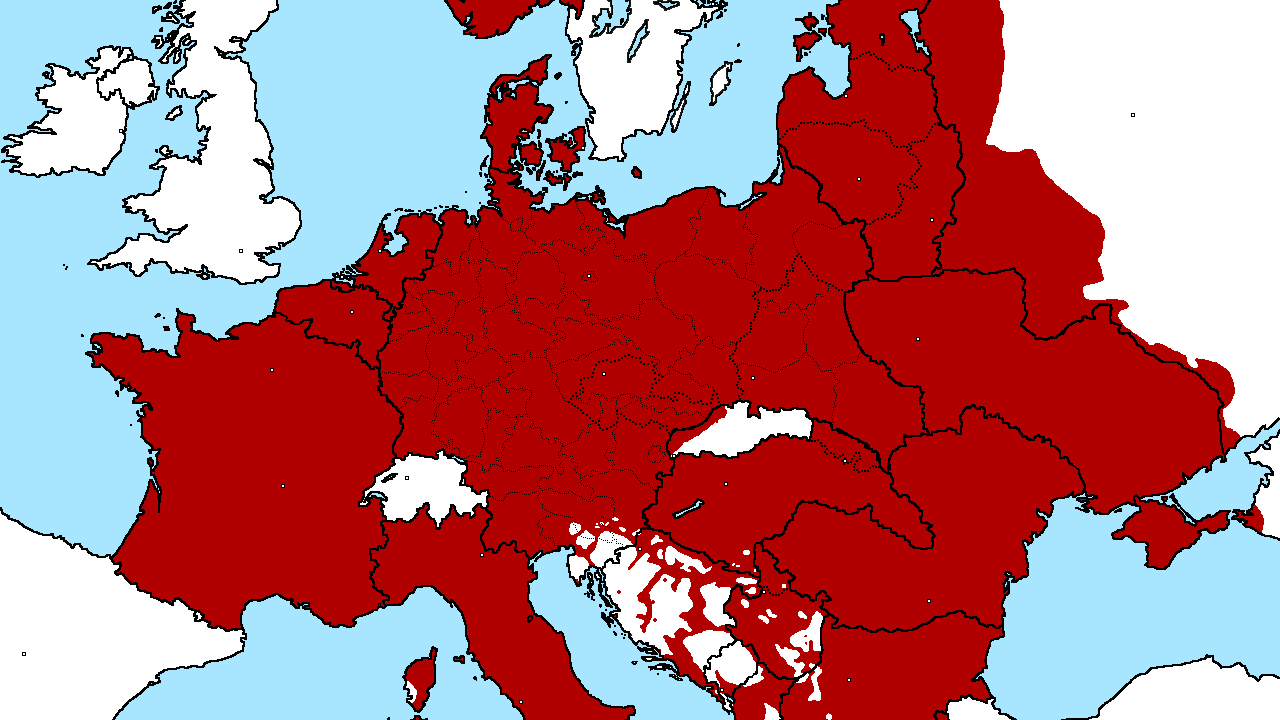Nazi Germany (1933 to 1945)
Despite popular belief that Nazi Germany was on the far-right side of the political spectrum, it is an unequivocal fact that the Nazis were socialists who preached a collectivist vision, opposed free-market capitalism, detested individualism, rejected private property rights and wealth accumulation, and sought to replace international communism with what they deemed national socialism.
National Socialism
In 1919, one year after Germany’s defeat in World War I, the National Socialist German Workers Party, aka the Nazi Party, was created in Munich, Germany. By 1920, Adolf Hitler, a failed artist and former corporal in the German Army during the Great War, had become the leader of the fledgling national socialist party.
Upon taking control of the party, Hitler announced the Nazi’s 25 Point Plan, which included:
“We demand that the state be charged first with providing the opportunity for a livelihood and way of life for the citizens.”
“The first obligation of every citizen must be to productively work mentally or physically. The activity of individual may not clash with the interests of the whole, but must proceed within the framework of the whole for the benefit for the general good.”
“We demand nationalization of all businesses.”
“We demand that the profits from wholesale trade shall be shared out
We demand an expansion on a large scale of old age welfare.”
“We demand a land reform suitable to our needs, provision of a law for the free expropriation of land for the purposes of public utility.”
“We demand struggle without consideration against those whose activity is injurious to the general interest. Common national criminals, usurers, profiteers and so forth are to be punished with death.”
“The state is to be responsible for a fundamental reconstruction of our whole national education program.”
“The state is to care for the elevating national health by… the encouragement of physical fitness, by means of the legal establishment of a gymnastic and sport obligation, by the utmost support of all organizations concerned with the physical instruction of the young.”
“We demand legal opposition to known lies and their promulgation through the press… Publications which are counter to the general good are to be forbidden. We demand legal prosecution of artistic and literary forms which exert a destructive influence on our national life.”
“We demand…the common interest over individual interest.”
“For the execution of all of this we demand the formation of a strong central power in the Reich.”
It should be noted that Hitler was hostile to international communism, not because of an ideological disagreement, but because he detested the Soviets, declared them subhuman, and believed that national socialism as practiced in Germany was far superior to Marx and Lenin’s designs for an international communist revolution.
As Hitler put it, unlike the Soviet Union, Nazi Germany must “find and travel the road from individualism to socialism without revolution.”
In Hitler’s mind, “Why need we trouble to socialize banks and factories? We socialize human beings.” By this, Hitler is referring to the fact that he never intended to engage in wholesale nationalization. Instead, he sought to “socialize” the German people (the “volk”), thereby avoiding the bloody civil war that precipitated the advent of the Soviet Union.
In 1923, Hitler and several Nazis attempted to overthrow the existing Weimar government by launching the Beer Hall Putsch. Not long after the failed coup, in which several Nazis were killed, Hitler was charged with treason, found guilty, and sentenced to serve five years in prison.
While in prison, Hitler wrote Mein Kampf (My Struggle), outlining his vehement anti-Semitism, superiority of the Aryan race, quest for world domination, and basic principles of the “national socialism movement.”
In a 1927 speech, Hitler clearly stated, “We are socialists, we are enemies of today’s capitalistic economic system for the exploitation of the economically weak, with its unfair salaries, with its unseemly evaluation of a human being according to wealth and property instead of responsibility and performance, and we are all determined to destroy this system under all conditions.”
After his release from prison, as Germany dealt with hyperinflation, vast unemployment, and a shrinking economy in the midst of the Great Depression, Hitler and his fellow Nazis continued to criticize the Weimar government for its embrace of capitalism while gaining popularity among the German masses.
The Third Reich
By 1933, Hitler had become chancellor of Germany and shortly thereafter named himself “führer” (leader). During the 1930s, under the guise of emergency decrees, Hitler and the Nazis began implementing their 25-Point Plan, transforming Germany from a constitutional republic and free-market economy into a centrally planned and government-controlled socialist one-party state.
During the mid-1930s, Hitler sought to rearm Germany, despite this being a violation of the Versailles Treaty, as he prepared the nation for a war of conquest. To do so, Hitler needed the participation of German industrialists, who were all too willing to produce weapons of war for the Nazi government. Although Hitler chose not to nationalize all of these industries in the classic sense of the term, he absolutely used heavy-handed tactics to essentially force German businesses to do the bidding of the Nazi government.
Because Hitler was well aware that not all Germans accepted national socialism, he enacted several programs to entice the youth and terrorize his political opponents.
For instance, the Nazis created the Hitler Youth program, which by 1938 boasted more than five million members. As Hitler said at the time, “These boys and girls enter our organizations with their ten years of age, and often for the first time get a little fresh air; after four years of the Young Folk they go on to the Hitler Youth, where we have them for another four years…And even if they are still not complete National Socialists, they go to Labor Service and are smoothed out there for another six, seven months…And whatever class consciousness or social status might still be left…the Wehrmacht [German Army] will take care of that.”
Hitler utilized a much-feared internal secret police, the Gestapo, which inflicted a general state of terror among ordinary Germans, especially those who were not ardent Nazis. Heinrich Himmler’s notorious SS was also used to keep Germans in line with Nazi ideology, while erecting a concentration camp system for any dissidents of the Nazi regime. In total, the Nazis built a vast complex of concentration camps throughout Germany (and later in the occupied territories) for the express reason of the “Final Solution,” the mass murder of European Jews and all other peoples deemed unworthy of living (including Gypsies, mentally handicapped, physically handicapped, and many other groups).
While this was occurring, the Nazis had sufficiently (and secretly) rearmed Germany as it prepared to conquer and enslave vast swathes of Western and Eastern Europe, as well as North Africa.
As Hitler pronounced on the eve of war, “National Socialism will use its own revolution for establishing of a new world order.”
Ultimately, Hitler invaded Poland on September 1, 1939, sparking World War II, the most destructive conflict in human history. Six years later, as his enemies were closing in on Berlin, Hitler committed suicide in his bunker.
All said and told, Hitler and his fellow national socialists murdered more than 11 million people, mostly Jews, in the Holocaust. Moreover, his quest for a Third Reich, which he foresaw as a 1,000-year empire, lasted less than a dozen years and led to the deadliest war in all of human history.
Photo by Female bodybuilder enthusiast, Creative Commons Attribution-Share Alike 3.0.
Chris Talgo (CTalgo@heartland.org) is the editorial director and a research fellow at The Heartland Institute, as well as a researcher and contributing editor at StoppingSocialism.com.






